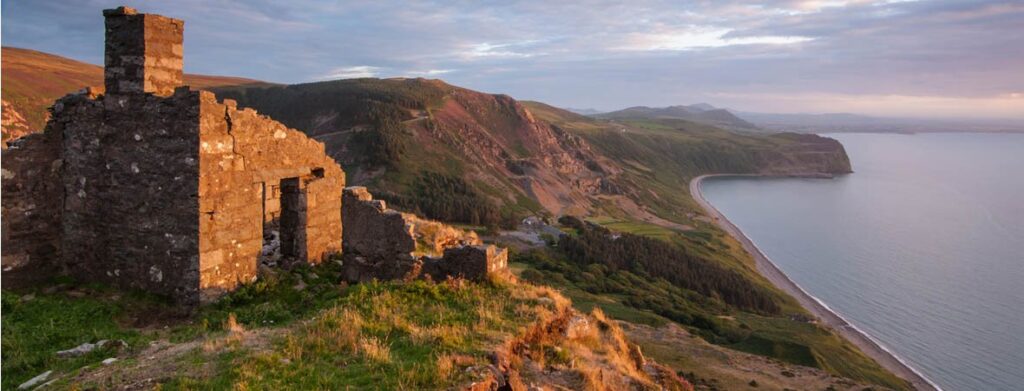Please join us on July 19, 2023, from 11am – 11:45am ET for a presentation and discussion highlighting one of the world’s most innovative approaches to landscape conservation – the Areas of Outstanding Natural Beauty (AONB) program. An AONB is a designated exceptional landscape whose distinctive character and natural beauty are precious enough to be safeguarded in the national interest. AONBs are protected and enhanced for nature, people, business, and culture. Located across England, Wales, and Northern Ireland, the 46 AONBs cover 18% of the countryside, over a fifth of the English coast, and include 12,000 miles of footpaths and bridleways.

Credit: Llŷn Area of Outstanding Natural Beauty
Joining us for the webinar will be John Watkins, Chief Executive, and Ruth Larbey, Policy and Advocacy Manager, from the National Association for AONBs (NAAONB). They will discuss the origins and goals of the AONB program, including its focus on the protection of lived-in and working landscapes, as well as its relationship to other protected area initiatives in the U.K.
Resources
- For background on recent policy changes in the management of the AONBs, see this blog post by John Watkins: A New Era for our National Landscapes
- A prospectus, prepared in 2022, which outlines AONBs’ and NAAONB’s vision for the future of AONBs: https://landscapesforlife.org.uk/designation/
- The Hobhouse Map (1947), created as part of the Report of the National Parks Committee (also called the Hobhouse Report), which recommended 52 ‘Conservation areas’ in England, Wales and Scotland – most of which are now protected as Areas of Outstanding National Beauty: https://landscapesforlife.org.uk/download_file/view/2745/2049
Speaker Biographies
John Watkins: Chief Executive, NAAONB
John has a long career in the landscape and wider environment sector, starting out with Denbighshire Countryside Service and the (then) Clwydian Range AONB as a countryside ranger. He joined the National Association in July 2021 from the Welsh Government where he was Head of Policy for Future Economy. As a past head of landscape and outdoor recreation at the Welsh Government he is well known to the AONB family in Wales. He established Future Landscapes Wales as a collaborative programme based on shared learning which developed the thinking and consensus on a comprehensive and contemporary take on how landscapes are recognized and managed whilst respecting the enduring value of safeguarding the nation’s most beautiful areas. This culminated in Valued and Resilient: the policy document which lays the foundation for the designated landscapes in Wales. John lives in the Anglesey AONB/AHNE Ynys Môn.
Ruth Larbey: Policy and Advocacy Manager, NAAONB
Ruth has a background in research communication and environmental policy projects, working within university, think tank and community settings for the past 15 years. Her recent experience includes working for the Science Communication Unit (UWE Bristol), leading an environmental evidence project for policymakers at the European Commission level; work on how forests can strike a balance for climate mitigation, biodiversity and societal values; and work on the ethical implications of climate adaptation towards net zero in the UK. Ruth has a Master’s degree in Environmental Law and Sustainable Development, and is currently working towards a PhD in the social dimensions of tree-planting for climate change mitigation. Ruth grew up on the edge of the North Pennines AONB – within rambling distance of the Solway Coast AONB and the Lake District National Park – and currently lives in Bristol, equidistant between the Cotswolds, Mendip Hills and Wye Valley AONBs. Ruth’s role is focused on driving forward the NAAONB’s policy work. She has a passion for nature protection, and a deep interest in balancing competing demands for land-use.


